#FuelPrices
Alright, Let's Talk About Fuel Prices and How We Got Here
Fuel prices have, like most other things, become totally ridiculous. In the United States, the average rate for a gallon of gasoline has eclipsed $4.00 for the first time in a decade. Though what’s probably the most alarming is how quickly it happened. Plenty of Americans could still find fuel for under $2.00 a gallon in April of 2020, meaning we’ve seen prices effectively double within two years in the United States. Meanwhile, European nations more accustomed to lofty fuel bills have been sounding the warning bells (especially in regard to diesel) for months.
Despite the issue existing long before Russia invaded Ukraine, the war has become the de facto explanation among politicians for why you had to swap to less-fancy dog food and off-brand soda to keep the truck gassed up. This is also influencing the government’s response to how to handle the present fuel crisis, which looks as if it’ll be getting worse before it gets better. But let’s take a look at how we got here before we dive into what’s being done (or not done) about it.
Suspending Federal Fuel Tax Pitched By Senate, White House
President Joe Biden and Democratic lawmakers have suggested ending the federal gas tax until 2023 as a way to offset fuel prices that are nearing record levels and possibly appease some on-the-fence voters ahead of midterm elections. Senators Mark Kelly (D-AZ) and Maggie Hassan (D-NH) recently pitched the bill in Congress. While the White House has not made any official endorsements, it’s offered tacit support by saying it didn’t want to limit itself in terms of finding new ways of easing the financial burdens Americans are facing during a period of high inflation.
“Every tool is on the table to reduce prices,” White House assistant press secretary Emilie Simons said in regard to a possible gas tax holiday. “The president already announced an historic release of 50 million barrels from the Strategic Petroleum Reserve, and all options are on the table looking ahead.”
Rising Fuel Prices Have Upended the Economy
Unless you’ve spent the last twelve months locked inside your home, then you’re probably dreading the next trip to the gas station. The average price for a gallon of 87 octanes has reached $3.40 in the United States. That’s about 50 percent steeper than it was at the start of 2021 and undoubtedly more than you’re wanting to shell out today. Though one cannot ignore the dizzying rates being advertised outside of British “petroleum parlors” or France’s many “un bordel pour voitures.” Canadians are also forced to endure higher gasoline prices, as the government tends to stack the taxes a little higher and the U.S. dollar tends to be more valuable. At least for now.
All you need to know for the purposes of this article is that fuel prices are up and it’s influencing the economy in some pretty dramatic ways.
Study: Do EVs Really Cost Less to Run Than Internal Combustion Cars?
With the volume having been turned down on just about every business sector imaginable, automakers have spent most of this year explaining how supply chain shortages are impacting production and making promises about electric vehicles. However, the rhetoric surrounding electrification has gotten so aggressive that it’s fast becoming another contentious issue, leading to vicious arguments as people square up to take sides. Part of this is due to the enterprising way in which zero-emission vehicles are being marketed and subsequently embraced by world leaders that don’t know jack about the manufacturing or the environment. Much of the discourse surrounding electrification (pro or con) lacks nuance and leads to businesses promising whatever they can in an effort to obtain your unquestioning belief.
For example, EVs are frequently promoted as boasting substantially lower operating costs due to there being no reliance on liquid fuel. Though finding the truth actually requires one to make a comparative analysis while taking into account how, where, and what you’re driving. There’s even a new study out from the Anderson Economic Group (AEG) attempting to determine the true savings of swapping to an EV where the researchers ultimately decided gasoline-powered cars were actually easier on the wallet. However, that likewise requires loads of clarifying context and conditional factors.
We Ran Out of Fuel on the East Coast
With the Colonial Pipeline shut down due to last week’s ransom hacking, the Eastern United States has found itself running out of fuel. The line was shut down on Friday as a precaution and we’ve since learned that it’s not going to be reopened until this weekend — and maybe not even then.
While this has left some of us with fuel prices creeping aggressively toward $3 per gallon, other parts of the East Coast have seen panic buying and legitimate outages. But it’s hardly surprising when you consider the Colonial Pipeline is the country’s largest. Turning off the tap has ramifications and they’re manifesting all across the coast, though the situation appears to be substantially worse in southern states.
California Governor Demands Investigation Into High Gas Prices
On Tuesday, California Governor Gavin Newsom responded to a new report claiming oil companies have been overcharging customers over social media.
“[California] drivers have paid an average of 30 cents more per gallon. There’s no identifiable evidence to justify that,” Newsom said. “I’m demanding an investigation. If oil companies are engaging in false advertising or price fixing — legal action should be taken.”
With California leading the charge against the federal government’s proposed fuel economy rollback, Newsom’s words are a bit of a faux pas. While we agree that companies should not be engaging in price fixing, California’s high fuel prices are largely its own doing. Newsom’s claims completely ignore this rather obvious fact — calling his ability to effectively negotiate the national fueling fracas into question.
Short-term Shock: Goldman Sachs Forecasts an Oil Price Spike
While the 2019 fuel forecast calls for temperate prices at the pump, Goldman Sachs claims we could be in for a brief surge this spring.
Global oil production is expected to take a sizable hit next month. Saudi Arabia, along with the rest of OPEC, has been limiting production to prop up prices. Meanwhile, Venezuela is having trouble across the board. The nation’s ongoing political crisis has resulted in a steady decline in oil production since 2013, and U.S. sanctions effectively made doing business with Venezuela’s state-owned oil company, PDVSA, an impossibility overnight.
Study Claims Car Shoppers Don't Care About Swelling Fuel Prices
Average fuel prices in the United States managed to triple between the years of 1999 and and 2012. While we’ve been fortunate enough to enjoy relatively low prices at the pump over the last few years, analysts predict the current spike will continue through the summer.
However, a recent study from Kelley Blue Book suggests most new-vehicle buyers don’t give a flip about it, with consumers claiming the price surge won’t influence their vehicle purchasing decisions in the slightest.
The assumption that the cost of gas will stabilize in the fall could play a factor for some, but many respondents say the price per gallon would have to reach $4 before they became rattled enough to consider swapping to a more economical vehicle.
Global Gas Prices: Where Do We Fit?
You’ve no doubt noticed that gas prices have been creeping up while 2018 progresses. But North America still has it pretty good, especially the United States. Despite fuel prices creeping up to almost $3.00 per gallon, the U.S. still enjoys cheaper gasoline than most of the Western world. Even Canada, which is currently coasting around $4.45 per gallon, manages to undercut the nightmare that is Europe by a wide margin.
North America as a whole spends more on gas per person then practically everywhere else on the globe, though. An affinity for larger vehicles, combined with more time spent behind the wheel, translates into burning more fuel overall. I suppose one could make the argument that we need cheaper petroleum since we use so much of it — just be ready to have someone call you selfish.
For example, the United Kingdom has prices set around $6.59 for a gallon of that good stuff but the average citizen only uses 69.67 gallons a year. However, the average American turns 429 gallons of gasoline into forward motion.
No Fixed Abode: Fear of a $160 Planet
It sounds like a sci-fi novel, or maybe even a Fredrick Forsyth knockoff written during the Seventies heyday of Cold War action/adventure books: Six Months of the Equinox. You can imagine the plot, right? Something happens to freeze the planet’s orbit at a certain point. The seasons stop. Mayhem ensues. There’s a machine that might be able to restart the orbit, but a cabal of Russian oligarchs makes a plan to seize it. Only one man — let’s call him Chest Rockwell — can save us.
The reality behind the title is nearly as frightening: It’s the half-year that my current wife, known to all and sundry as Danger Girl even though (SPOILER ALERT) she is actually old enough to vote, traded in one of her Tahoes for a Chevrolet crossover in an attempt to balance her budget. This is the kind of thing that I typically associate with bubbleheads who can’t do math, but Danger Girl is a CPA with extensive financial training. Was she right to do it? It’s a relevant question, because — as you’ll see below — it’s one that we could all be asking ourselves three years from now.
Can an Electric Car Really Save You Money? It Depends on Where You Live
The automotive industry’s gradual shift toward electric vehicles is primarily influenced by global fuel economy mandates. A happy side effect is that consumers benefit from having access to vehicles offering better overall efficiency. This translates into lower running costs and some real savings — once EVs come down in price.
However, there are instances where it might still be cheaper to run a plain Jane internal combustion unit. A new study from the University of Michigan’s Sustainable Worldwide Transportation group explores exactly how cost-effective electric vehicles are and how fuel efficient an internal combustion model would need to be to become the cheaper alternative. The answer, as it turns out, has a lot to do with where you live.
Predicting the Pump: How Much Will We Be Paying for Gas in 2018?
Fueling prices and average economy aren’t exactly the sexiest of automotive topics, but they are the two that will probably influence your life the most directly in the coming year. Expensive gas thrusted countless Americans into economy cars during the early 1980s and 2000s, so any advanced warning would be useful to those considering a new vehicle this year.
Last month, crude prices surpassed $60 per barrel after weekly American output dipped and stockpiles fell. That’s the highest they’ve been in over two-years and, with OPEC cutting production and China hungrier for the black stuff than ever before, prices aren’t expected to drop anytime soon. Does that mean you should nix purchasing that big sport utility vehicle you’ve been eyeballing and option the greener alternative?
America Is Changing In More Ways Than One: Toyota Prius Sales Are At A Five-Year Low
It’s an all-new version of a car that generally finds 140,000 U.S. buyers per year. But the Toyota Prius is quickly fading from the American mainstream.
There’s no doubt that hybrids, in a general sense, are struggling. Combined sales of hybrids and plug-in hybrids are down 6 percent in the United States this year, according to HybridCars.com.
But the Toyota Prius — the all-new, fourth-generation version of the sector’s progenitor — is fading at double speed. Despite its newness and its vast objective improvements, Prius sales are down 12 percent this year.
And October was way, way, way worse than that. Much worse.
Party at the Pumps: After Explosion, Gasoline Flows Again to the East Coast
America’s largest gasoline pipeline returned to operational status today after an explosion in Alabama six days ago killed one worker and injured five others.
Following repair delays caused by an interior fire, Colonial Pipeline Company announced that its Line 1 pipeline was restarted early Sunday morning. However, it will take several days for the fuel delivery supply chain to return to normal. The same goes for pump prices.
Toyota Lowers 2016 Prius Global Sales Goal Over Low Oil, Fuel Prices
Toyota announced Wednesday it would lower its global sales goal for the 2016 Prius in light of low fuel prices curbing sales of fuel-efficent vehicles.
According to Reuters, Toyota’s new target is to move an annual average of 300,000 to 350,000 Prii out of the lot around the world, compared to the 300,000 to 400,000 annual sales average sought for the outgoing model. A company representative said a decline in global sales of the hybrid since 2013 was one of the reasons behind Toyota’s decision.



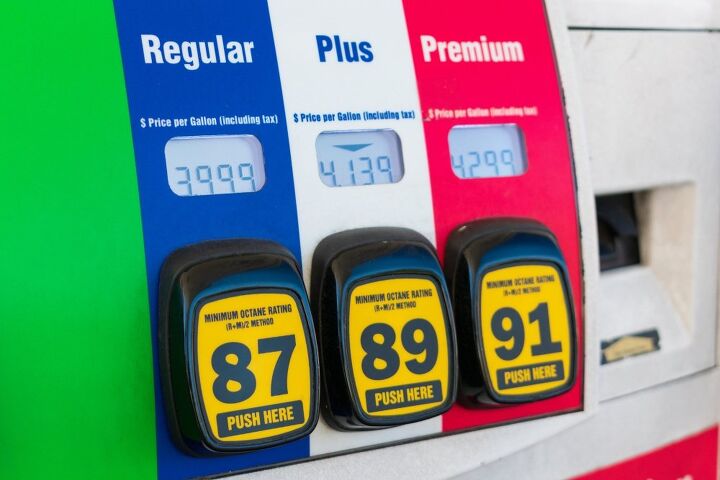


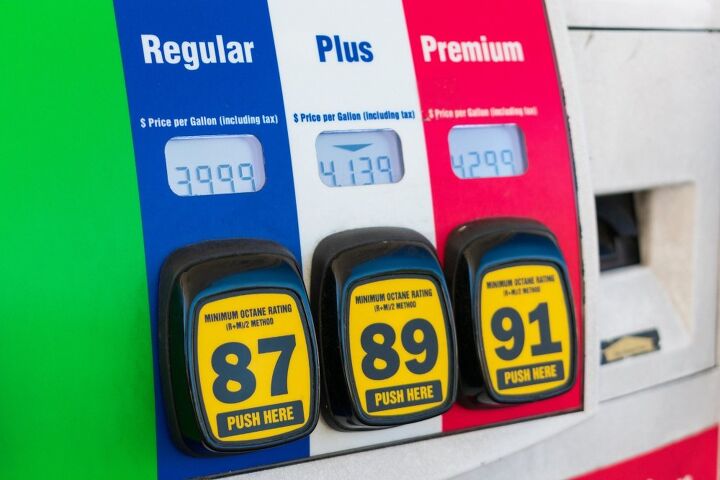

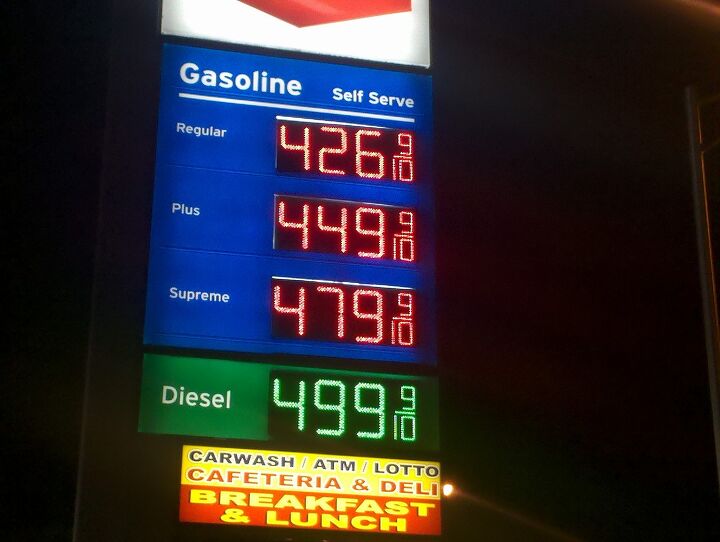
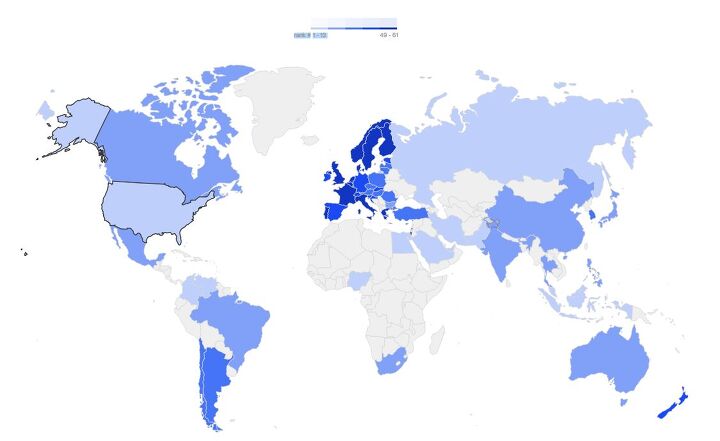

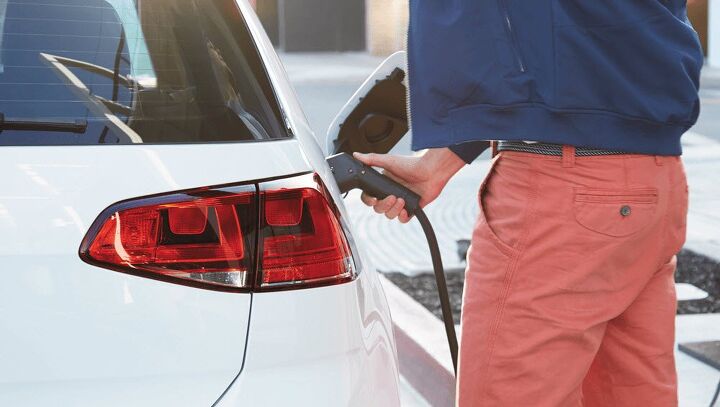



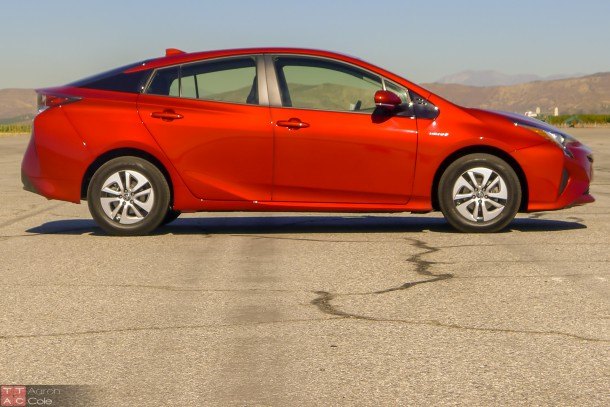












Recent Comments